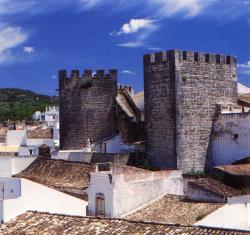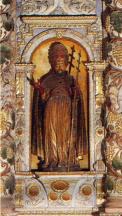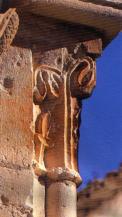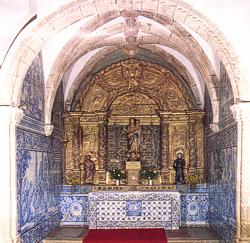|
Loulé |
|
| Portugal > Tourism > Algarve > Loulé > The City | |
|
History | Municipality | Beaches | Golf | Sightseeing | Vilamoura | Gastronomy | Lodging |
|
| Visiting Loulé |
| The evocative battlements of a medieval castle. A maze narrow, white streets where craftsmen carry on age-old traditions. The vertical lines of the minaret of an ancient mosque. The broad horizons of a revered sanctuary set high a hill. Just a few facets of Loulé, a town of charming contrast. |
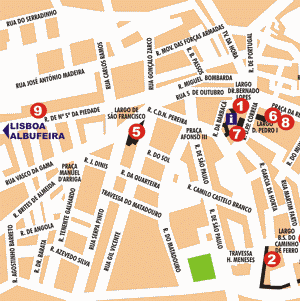
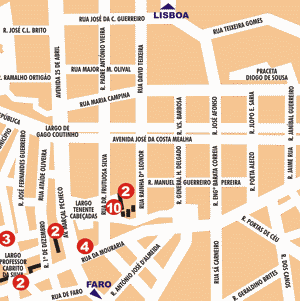
| are of varying heights and appear to have been built using materials from earlier Roman or Moorish structures. The high altar has a carved and gilded 18th century vestal and statues from the same period. Three of the side chapels merit special reference. First of all, the Chapel of Nossa Senhora da Consolação (Our Lady of Consolation) which has an arch and ceiling consisting of Manueline vaults (16th century) covered with narrative tiles, and a carved 18th century altarpiece. Then the Chapel of São Brás (St. Brás), which has a 16th century arch, an 18th century carved polychrome vestal and a fine statue of the patron saint dating from the 16th century. |
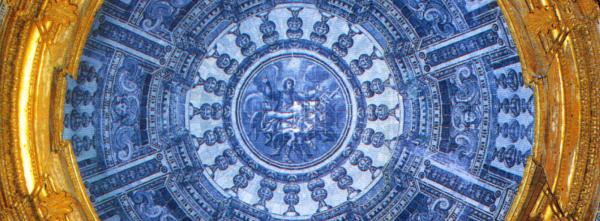
|
History | Municipality | Beaches | Golf | Sightseeing | Vilamoura | Gastronomy | Lodging |
|
| Portugal > Tourism > Algarve > Loulé > The City | |
|
The City |
|
